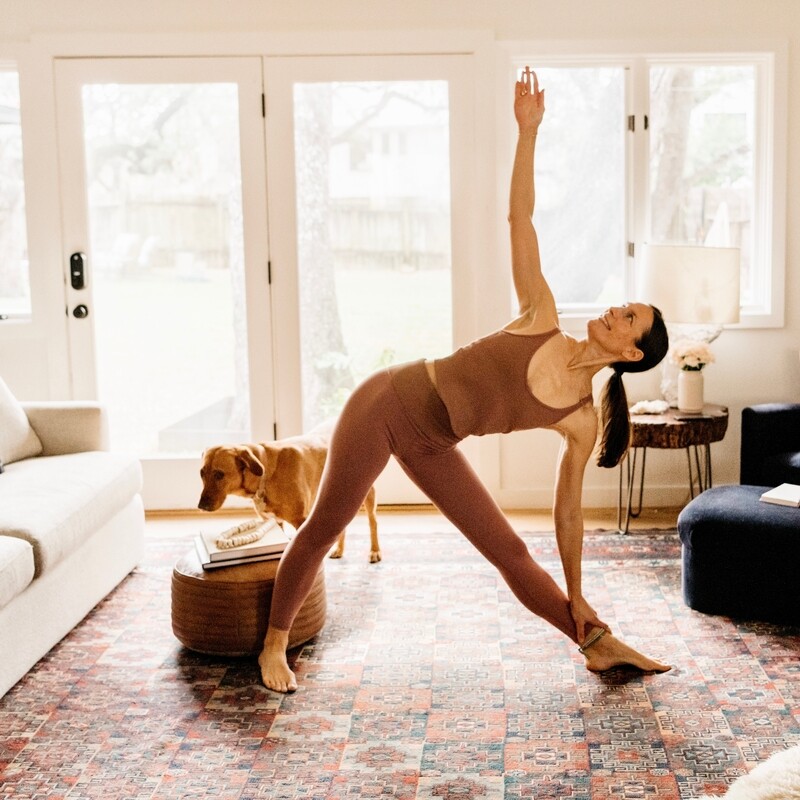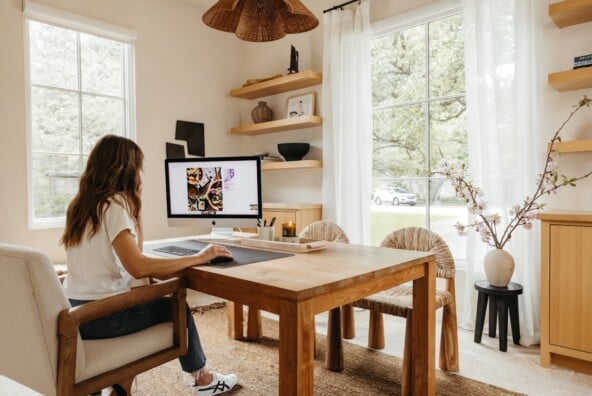As is true for any aspect of our health—diets, workout plans, and supplements du jour tend to cycle through the wellness zeitgeist for the briefest of moments. Here at Camille Styles, we believe that optimal health comes with simplifying our routines and focusing on what helps us feel our best—not what others are doing. That said, we also love diving into the emerging science that helps us care for our bodies and minds all the better. And right now, all signs point to primal movement as being the most accessible way to integrate fitness into our lives.
The Pinterest Predicts 2023 trends report stated that primal movement—”primitive, anti-tech workouts” i.e., exercising to support how our bodies were designed to move—would be the year’s biggest fitness trend. That’s right, mobility is a main concern and combatting “tech neck” is more important than achieving a coveted six-pack. This writer’s opinion? Thank goodness. Finally, we’re getting back to the basics, making fitness more inclusive and accessible to everyone. And the best news of all: primal movement has been proven to be effective.
Featured image from our interview with Kate Waitzkin by Michelle Nash.

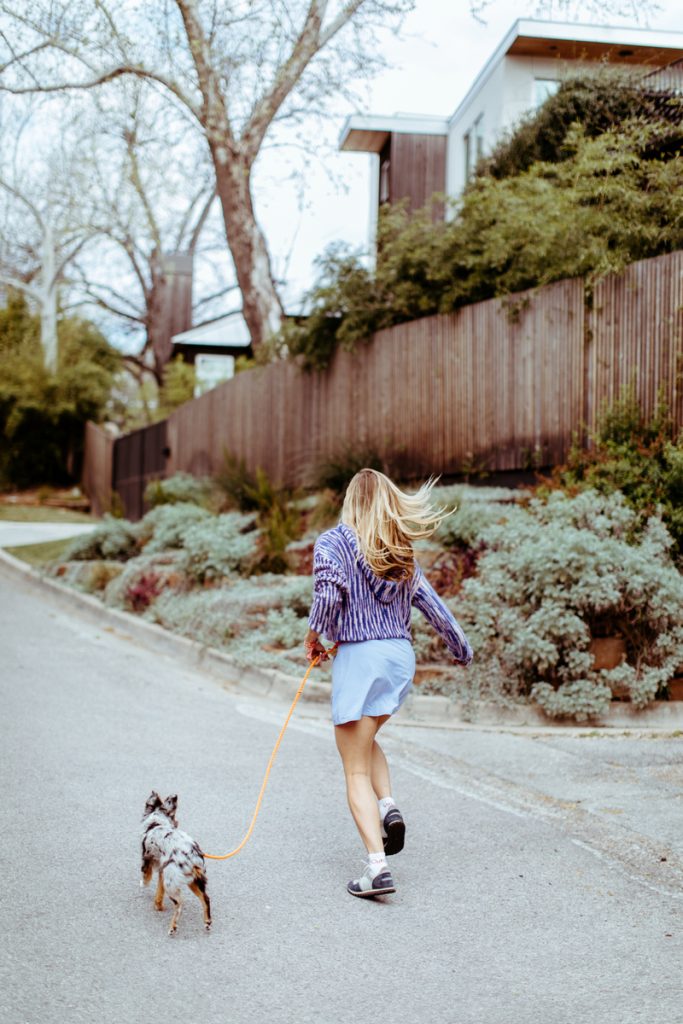
Primal Movement: The Trend That’s Transforming Fitness
Over the years, we’ve seen all manner of complex and tech-dependent fitness crop up. There are mirrors that double as at-home trainers, machines I can’t begin to wrap my head around, and the deeply interwoven connection between wellness and consumerism. With endless options, it’s no wonder fitness is overwhelming at its best, exhausting and exclusionary at its worst. That’s why, when I first caught wind of primal movement, I breathed perhaps the deepest sigh of relief.
But what does this trend—that’s really not a trend at all—look like in practice? And are its benefits really all they’re chalked up to be? (Spoiler: yes.) For answers, I spoke with Triana Brown, Director of Talent and Product Development at solidcore. We discussed all the ins and outs of primal movement, including how it can uplevel your fitness routine, how to incorporate it into your practice, and whether or not primal movement is just a passing trend.
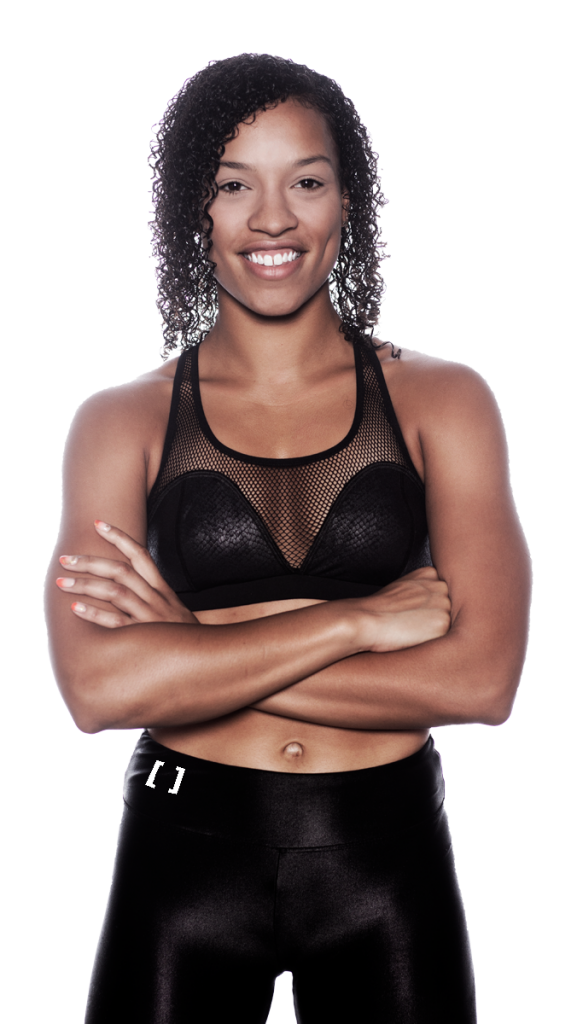
Triana is the Director of Talent and Product Development for [solidcore]. She spearheads the innovation behind the workout and is the lead programmer. Additionally, she designs the overall content and curriculum of new coach training. Working closely with the Field Talent Team, Triana trains and mentors Training Managers. Together they create a fleet of top-tier coaches. To ensure solidcore’s talent continues to develop, she creates and executes continued education for existing coaches.

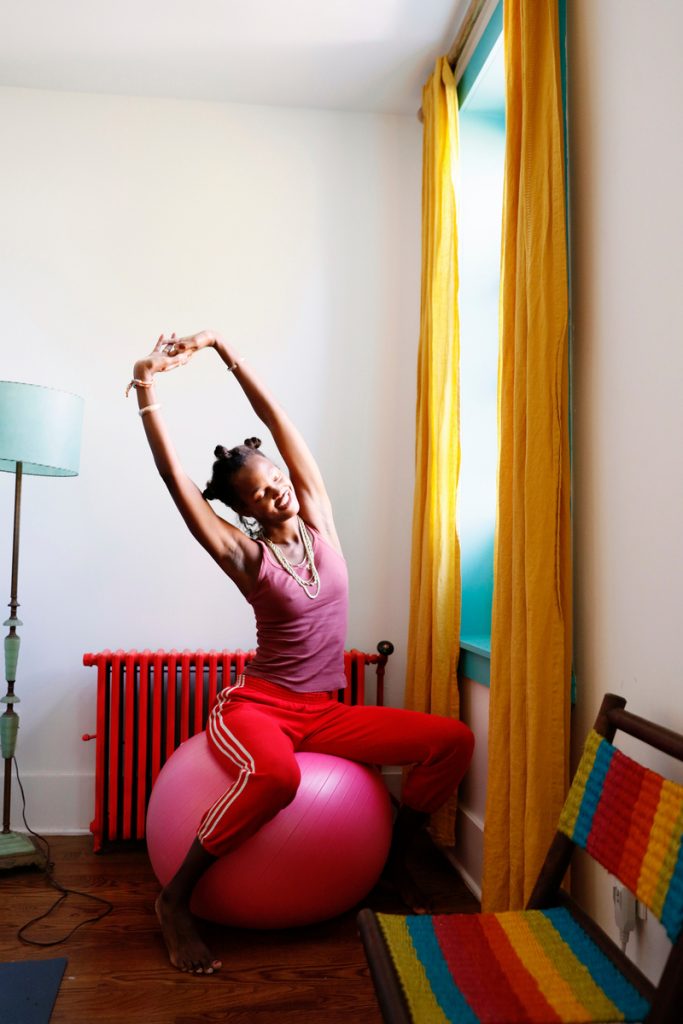
What is primal movement?
As I said, back to basics. Just as intuitive eating (trusting your body to make food choices that feel good to you) has blown up in recent years, primal movement relies on you moving your body in a way that feels natural and instinctual. Primal movement functions to support us in our day-to-day life. Whether that’s playing with our kids, hauling groceries, or offsetting the sitting done all day at our desks. Primal movement is concerned with how good you feel in your body—not what it looks like.
Brown agrees, noting that “primal movement means listening to your body, exploring how your natural body moves, and testing your body’s physical and mental strength.” What’s more, and perhaps what I love most about primal movement, is that because you’re moving in a way that feels intuitive to you, it gives you the opportunity to connect with your inherent body wisdom. “You meet your body where it is, make necessary modifications and push yourself further upon desire,” says Brown.
What are the benefits of primal movement?
While many trainers and fitness experts could share insights on the trend, I connected with Brown because primal movement is a key element of the [solidcore] workout. According to Brown, it’s comprised of “slow and controlled primal movement to overload and break down a target muscle’s slow-twitch muscle fibers” (those are red fibers that contain more blood-carrying myoglobin and therefore help you move or stay still longer).
The benefits of this movement? Because you’re working with resistance, the obvious occurs: you’re building visible strength. However, Brown notes that this method not only “sculpts strong muscles” but it also helps “prevent future injury.”
In addition to being able to move throughout your day with greater ease, Camille Styles wellness editor, Edie Horstman previously wrote about the benefits of primal movement (particularly when done as “exercise snacks“). These include include:
- blood sugar stability
- increased mobility
- more frequent endorphin rushes
- the ability to incorporate exercise more consistently into your day, not just in one large chunk

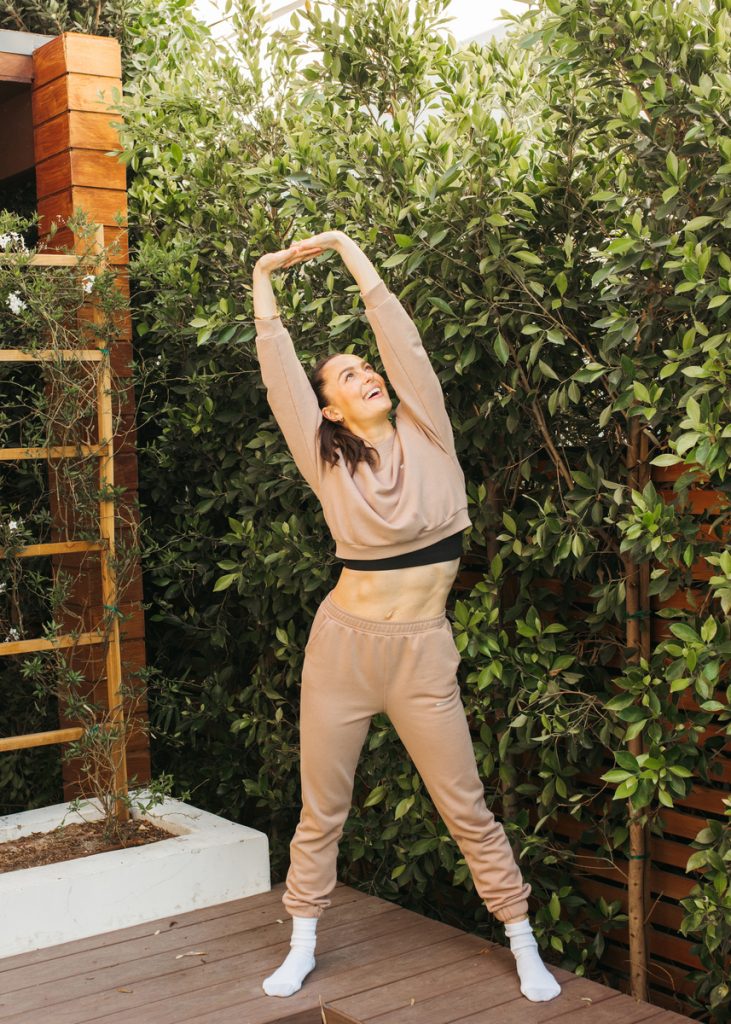
How to Incorporate Primal Movement Into Your Workout Routine
As alluded to above, primal movement can be done in what is called “exercise snacks.” These are short bursts of movement typically lasting 1-2 minutes. And while you might initially think that a longer workout would lead to greater results, the cumulative effectiveness of exercise snacks makes them efficient forms of exercise.
It’s important to note, however, that primal movement can also be a part of a larger workout. Below are a few key postures and movement exercises to help you bring primal movement into your routine. Before beginning any fitness routine, speak with your doctor or medical provider about what works best for you.
Brown explains that every [solidcore] class includes combinations of these movements, noting that each focuses “on push and pull muscle groups” (i.e., those muscles that are either used in a push or pull movement). “The rotated muscle foci allow for recovery, prevent plateau, and create balance throughout the body and self.” Yes, yes, and yes, please.
Why is primal movement more than a passing trend?
What it all comes down to: can we expect primal movement to continue to be a focus in the years to come? Brown says yes—and it’s obvious why. When we focus our intentions surrounding movement on living our lives to the fullest and not maintaining certain beauty standards, we think in the long term. We think about the pain we’re preventing and the ease of movement we’re promoting for the years to come. “Primal movement […] will allow your body to function more smoothly,” says Brown. “You will be able to perform daily activities with ease.”
She cites everything from movement patterns to coordination to physical and mental strength as benefits—and the ability to realize your strongest self. Whether that’s through a [solidcore] workout or busting out a set of squats at the gym—primal movement is here to stay.


